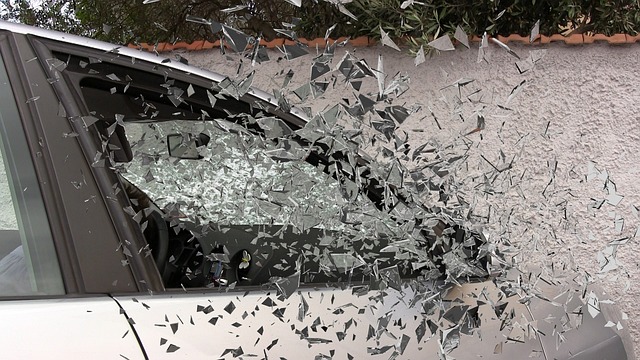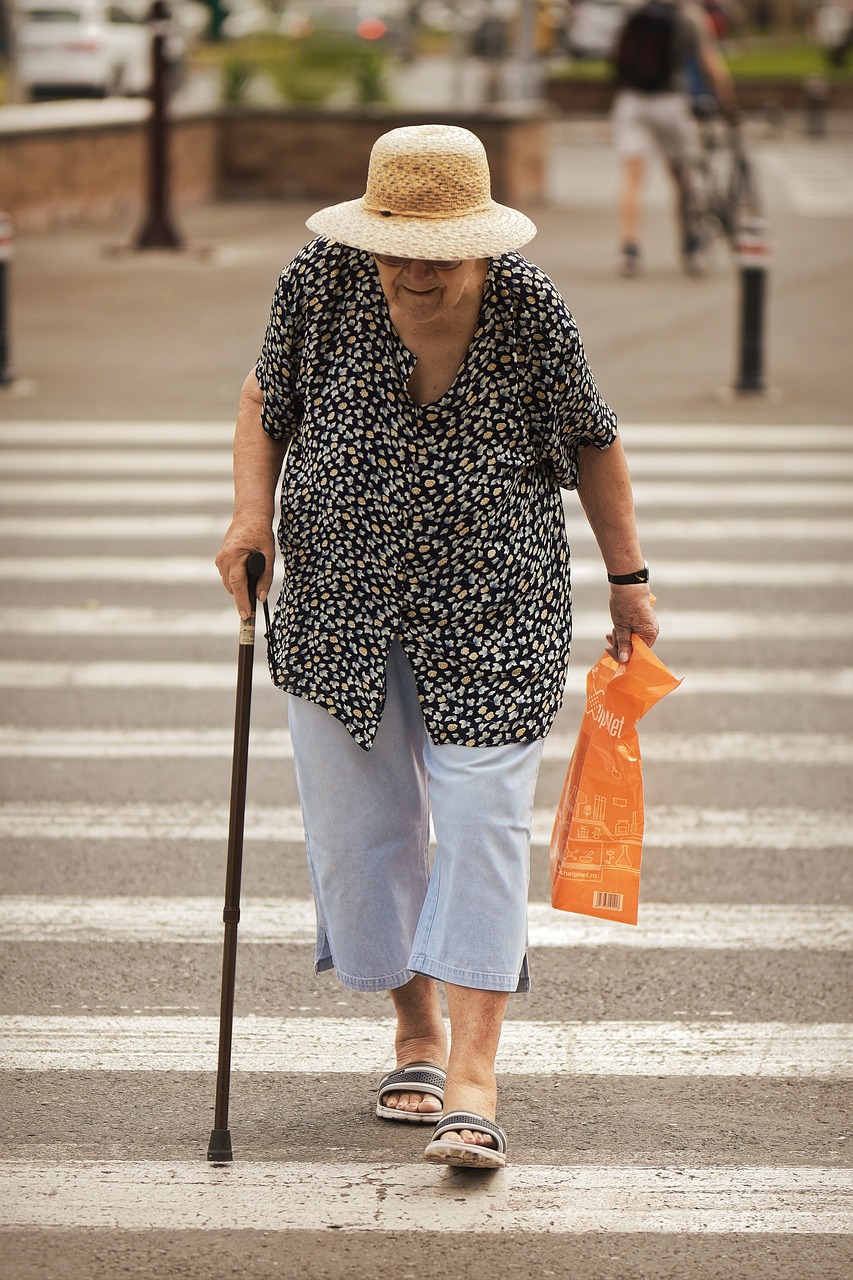Slip-and-fall accidents are among the most common types of personal injury cases, and they can happen almost anywhere. Public transportation systems, including buses, trains, subways, and stations, are no exception. These accidents can lead to severe injuries and complicated legal battles.
At Darfoor Law, we believe it’s crucial to understand your rights and the steps to take if you find yourself a victim of a slip and fall accident in public transportation.
Common Causes of Slip and Fall Accidents in Public Transportation
Slip-and-fall accidents in public transportation can occur for various reasons, including:
Wet or Slippery Floors: Spills, leaks, or rainwater tracked in by passengers can create hazardous conditions.
Uneven Surfaces: Broken tiles, cracked pavements, or uneven steps can cause trips and falls.
Obstructions: Luggage, debris, or other objects left in aisles or walkways can be tripping hazards.
Poor Lighting: Dimly lit areas can make it difficult to see potential hazards.
Negligent Maintenance: Failure to maintain and repair public transportation facilities properly can lead to dangerous conditions.
Steps to Take After a Slip-and-Fall Accident
If you experience a slip-and-fall accident on public transportation, it’s essential to act quickly and take the following steps to protect your rights:
Seek Medical Attention: Your health is the top priority. Get medical help immediately, even if your injuries seem minor.
Report the Incident: Notify the transportation authority or personnel on duty about the accident. Ensure they document the incident.
Gather Evidence: Take photographs of the scene, including any hazards that contributed to your fall. Collect contact information from witnesses.
Keep Records: Maintain records of all medical treatments, expenses, and any correspondence with the transportation authority.
Consult a Personal Injury Lawyer: Contact an experienced personal injury attorney, like those at Darfoor Law, to evaluate your case and guide you through the legal process.
Understanding Liability in Slip-and-Fall Cases
Determining liability in slip-and-fall cases on public transportation can be complex. Public transportation systems are often operated by government entities, which means different rules and regulations may apply compared to private property.
Here are some key points to consider:
Duty of Care: Public transportation operators have a duty to ensure the safety of their passengers. This includes maintaining safe conditions and promptly addressing hazards.
Negligence: To establish liability, you must prove that the transportation authority or its employees were negligent in maintaining the premises or addressing known hazards.
Sovereign Immunity: Government entities may have certain protections under sovereign immunity laws, but exceptions exist for negligence claims. An experienced lawyer can help navigate these complexities.
Compensation for Slip and Fall Injuries
Victims of slip-and-fall accidents in public transportation may be entitled to compensation for various damages, including:
Medical Expenses: Coverage for past and future medical bills related to the injury.
Lost Wages: Compensation for lost income due to the inability to work.
Pain and Suffering: Damages for physical pain, emotional distress, and diminished quality of life.
Rehabilitation Costs: Expenses for physical therapy, occupational therapy, and other rehabilitation services.
Why Choose Darfoor Law?
At Darfoor Law, we are committed to fighting for the rights of slip-and-fall accident victims. Atty. Kweku understands the intricacies of personal injury law and is dedicated to achieving the best possible outcomes for our clients. We offer:
Expert Legal Advice: Our knowledgeable team will provide you with clear guidance and representation throughout your case.
Personalized Service: We take the time to understand your unique situation and tailor our approach to meet your needs.
Proven Results: With a track record of successful outcomes, we are prepared to advocate vigorously on your behalf.
Contact Us Today
If you or a loved one has been injured in a slip-and-fall accident on public transportation, don’t hesitate to reach out to Darfoor Law for a free consultation. Our team is here to help you navigate the legal process and secure the compensation you deserve. Contact us today to schedule your consultation and take the first step toward justice and recovery.











